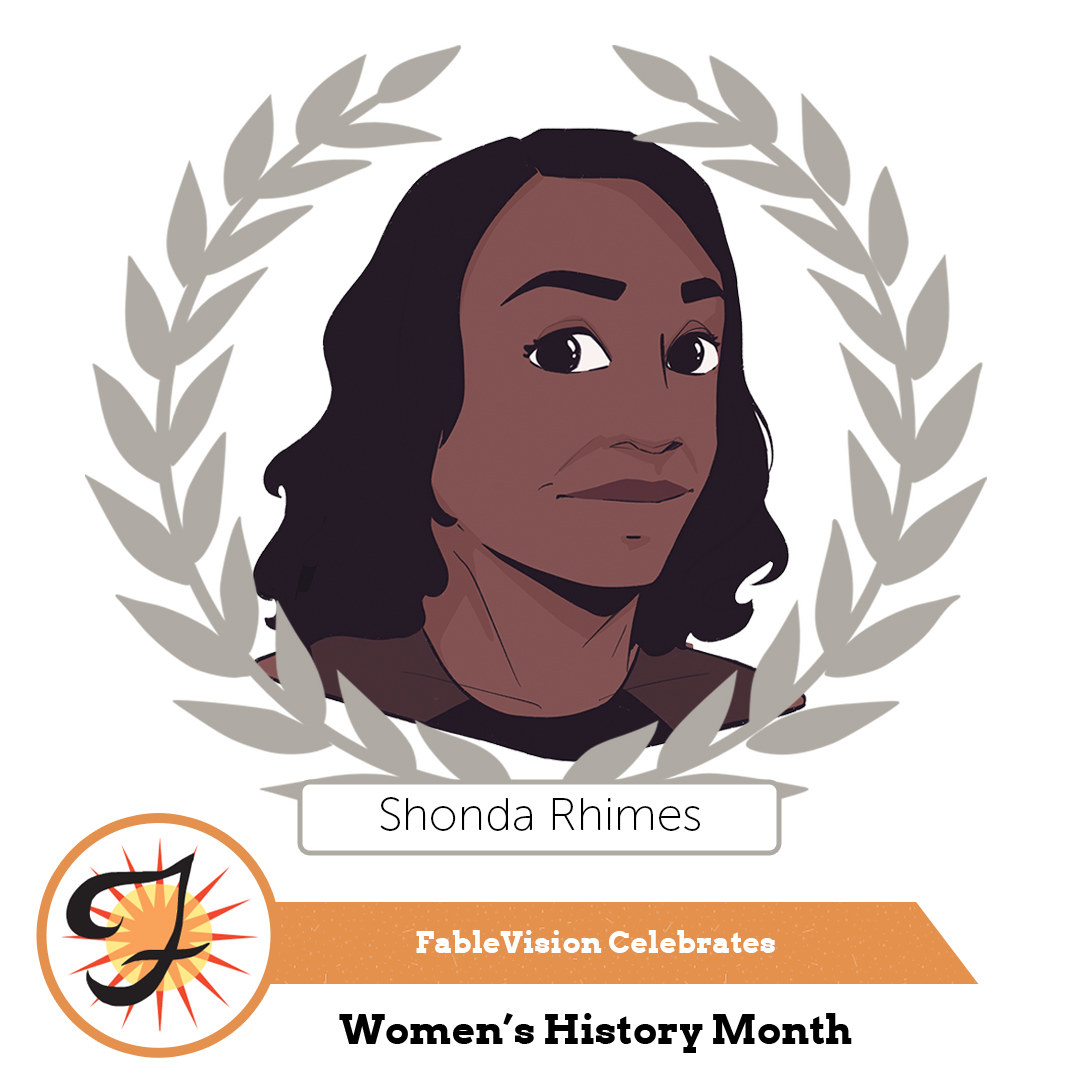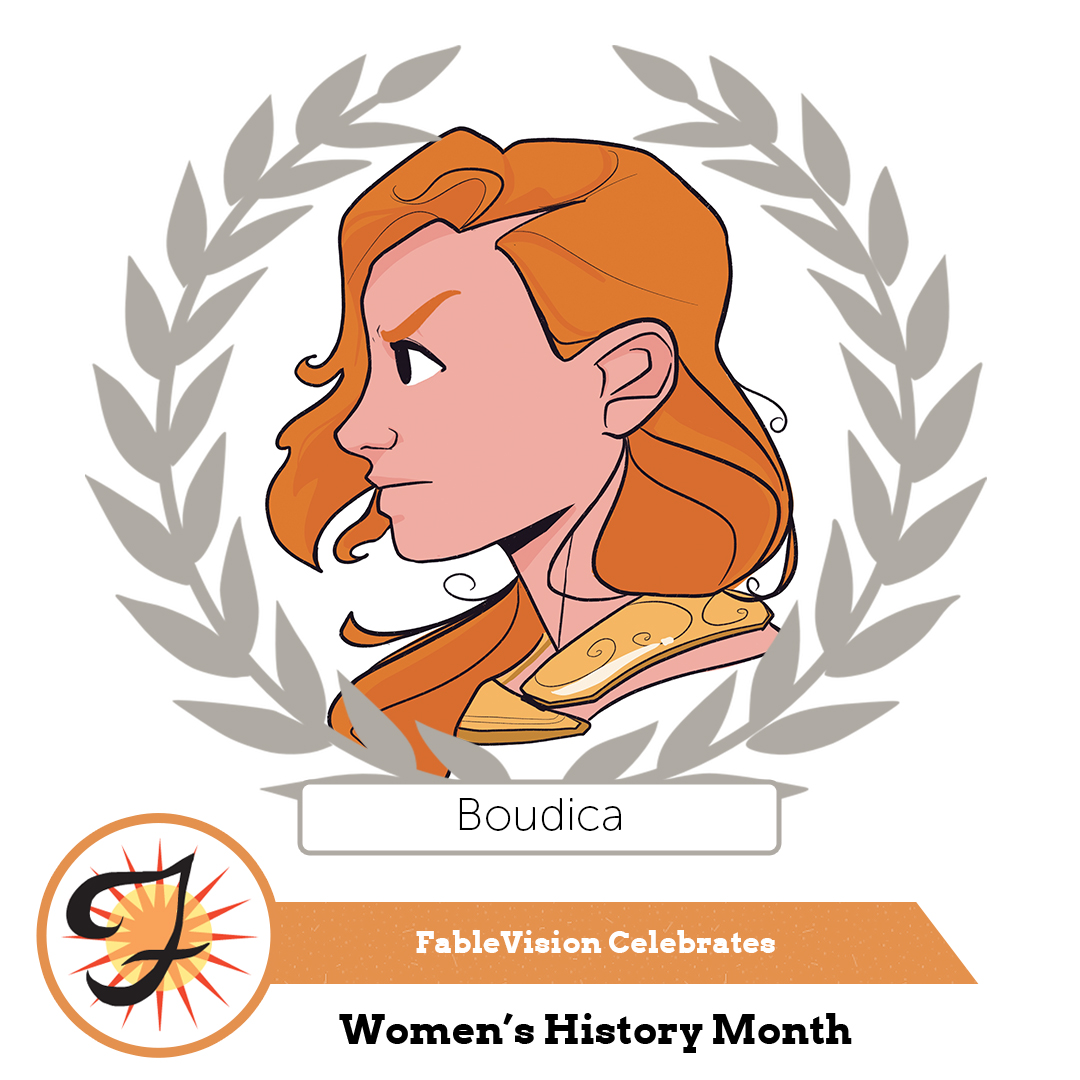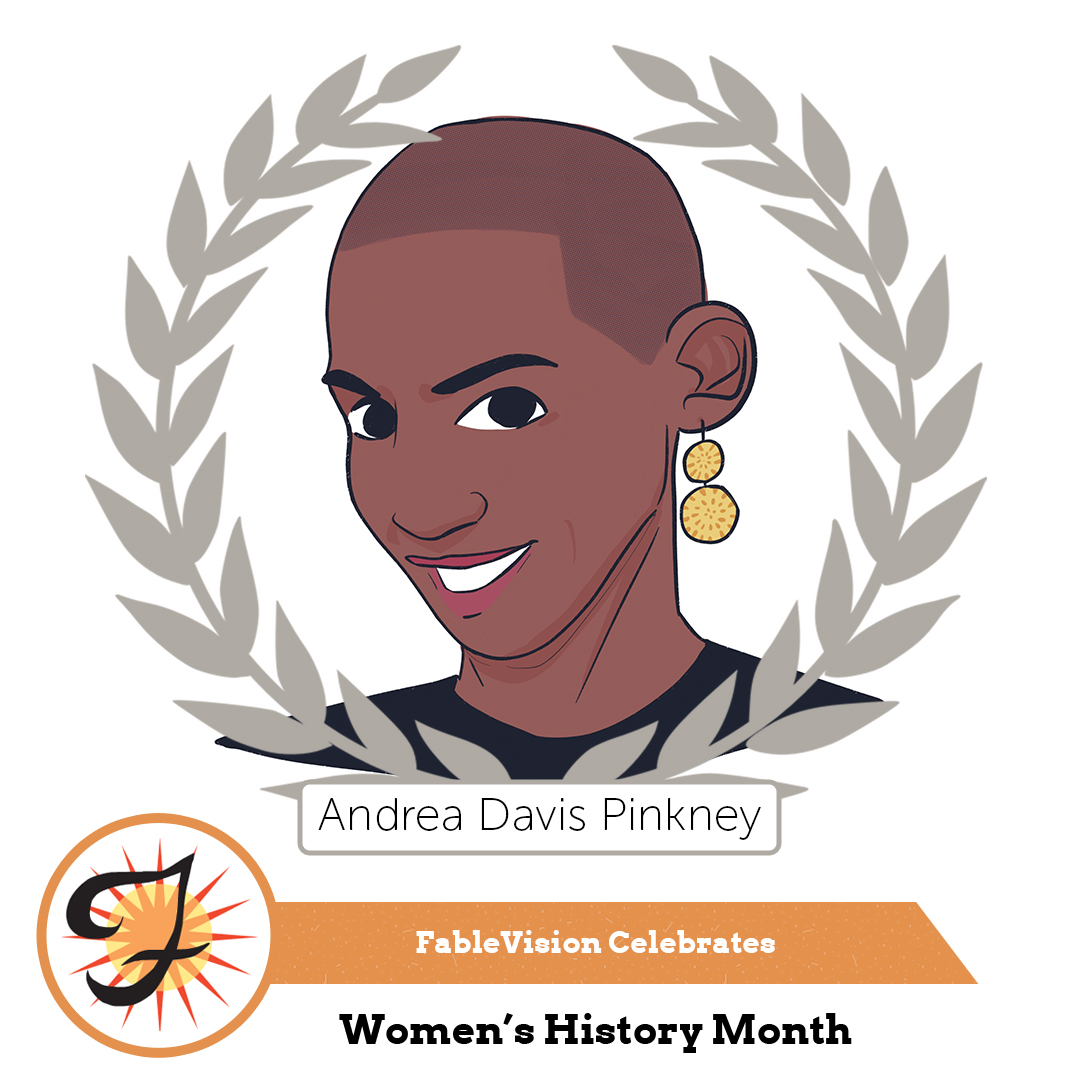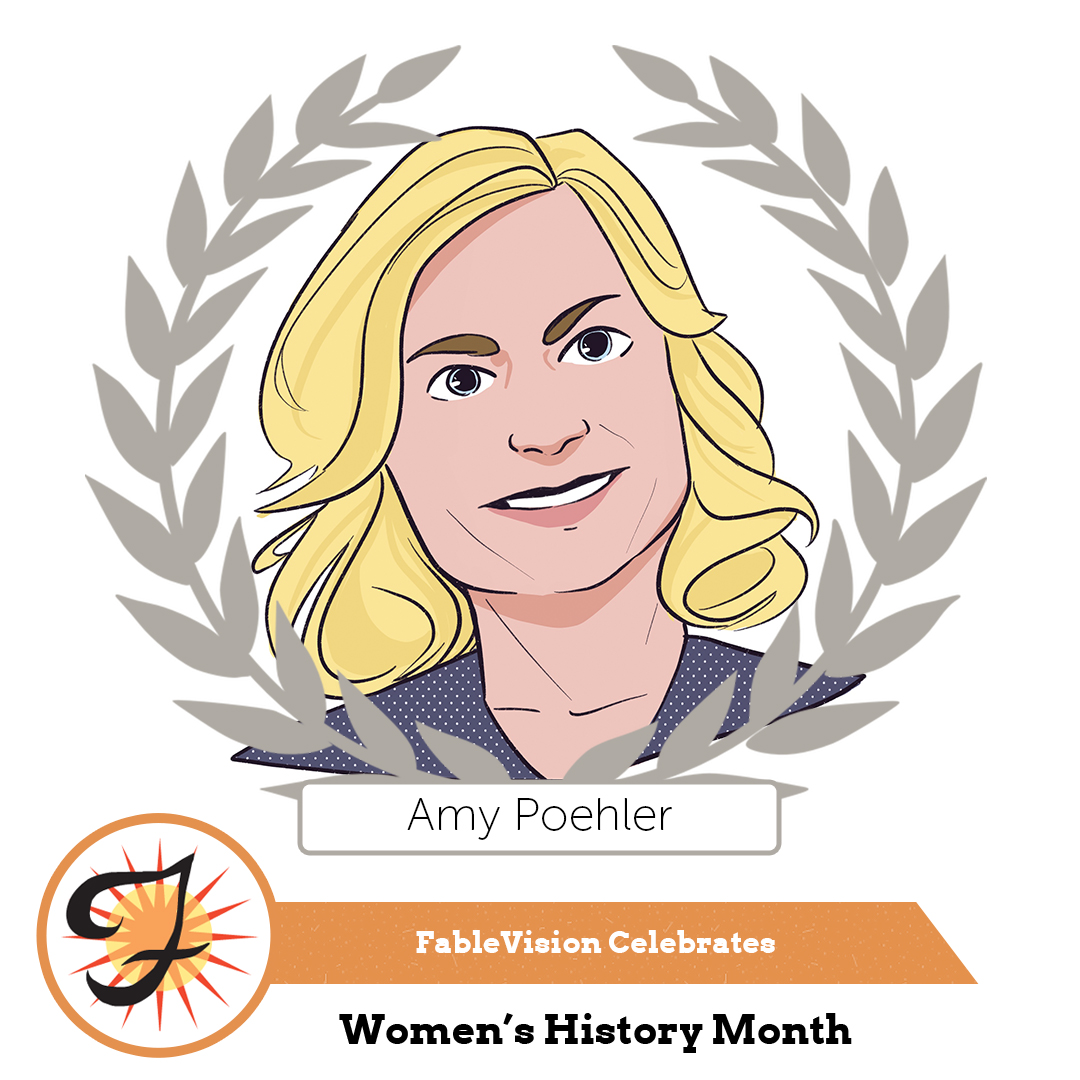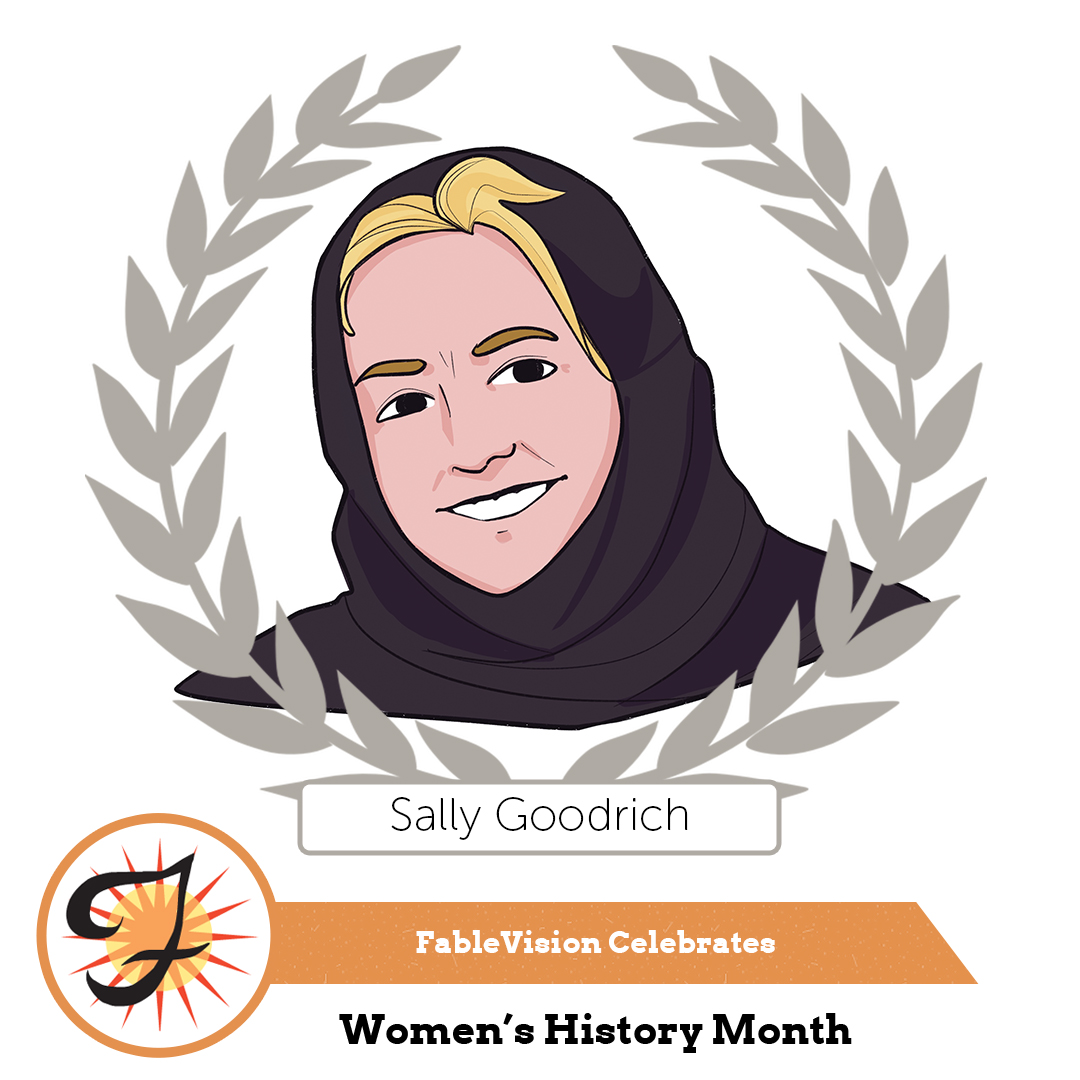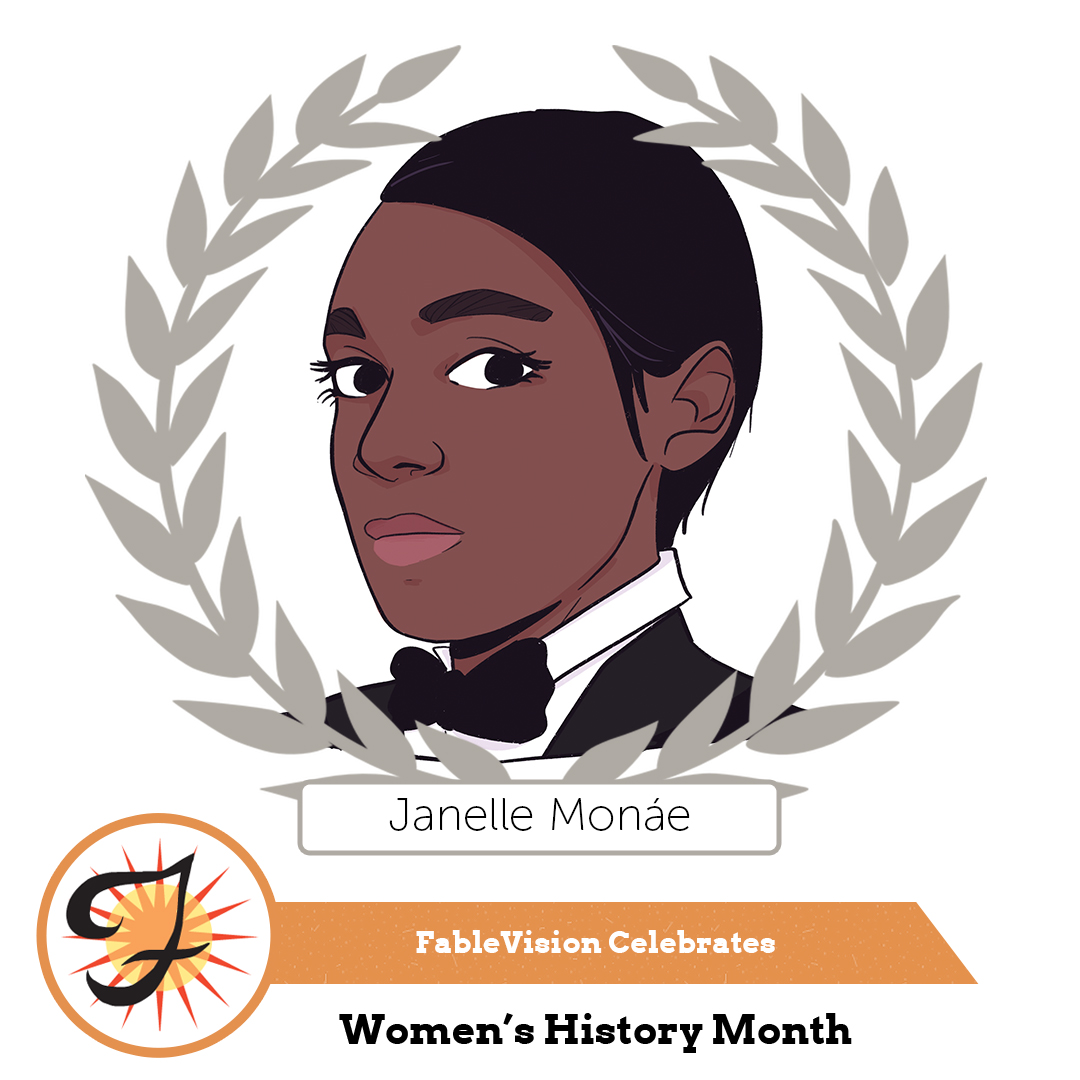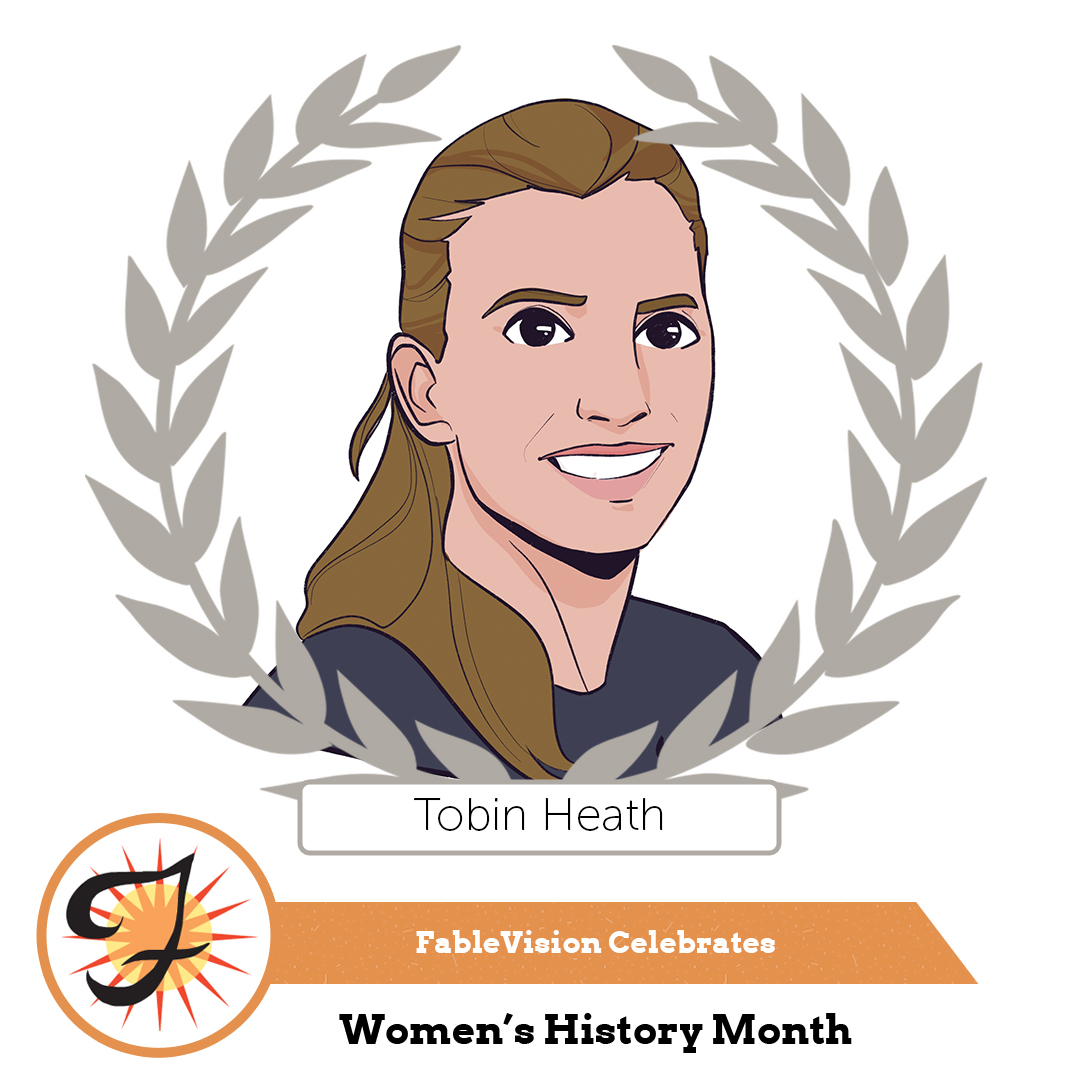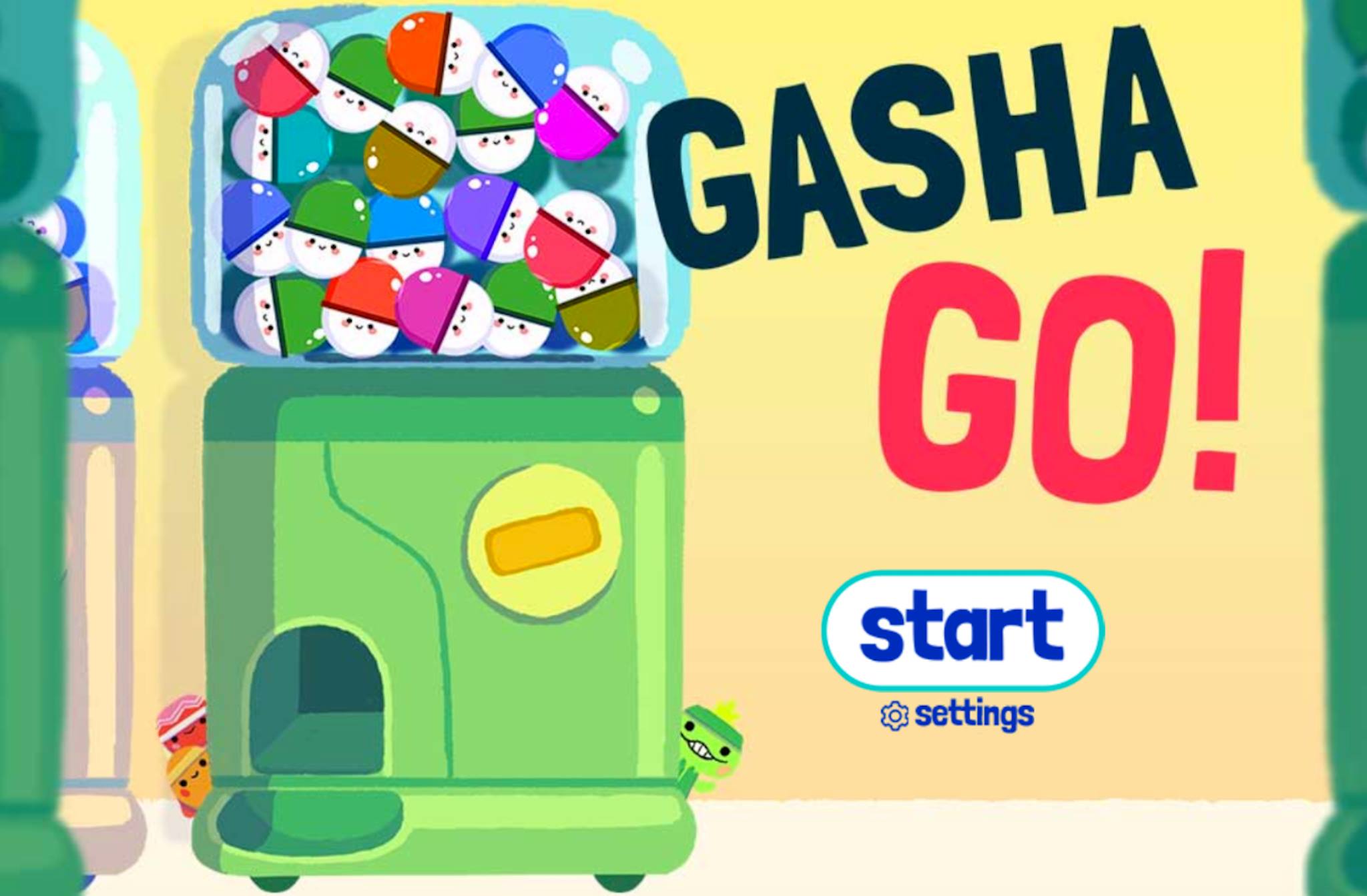Join the rush of school groups and families, and step inside the New England Aquarium’s dark, glowing space. The splash of penguins and harbor seals is the immediate draw. Every year, more than 1.3 million patrons wind their way up the central spiral walkway that loops around the Aquarium’s famous Giant Ocean Tank that spans several stories high. The magic in every tank stems from a carefully mapped experience that helps visitors understand the beauty and complexity of marine habitats. Behind all the digital interactives, touch tanks, and sensory exhibits is an incredible team of scientists, conservationists, educators, students – and Billy Spitzer, Vice President of Programs, Exhibits, and Planning.
FableVision’s first collaboration with the New England Aquarium was on an interactive iPad app that helped Aquarium staffers explore biomimicry with small groups and discuss the examples presented in the program. The Aquarium sought to spark a conversation among visitors about climate change and caring for the environment. Following the success of this project, FableVision was tasked with designing a fish identification app exclusively for the Giant Ocean Tank. The app currently lives inside the Aquarium where it combines digital technology with the real life experience of peering into a tank full of hundreds of unique animals.
Inspiring greater understanding and appreciation for the ocean is the heart of the Aquarium’s mission at the aquarium – one that reverberates throughout the city. Billy’s vision for the Aquarium is one that ignites special, shared memories. He sees the Aquarium as “an important civic space, where people come down to the water’s edge to explore together, engage with the ocean world, learn how and why the oceans matter, and come away ready to learn more and do more.”
Dive into the ocean of creativity, wonder, and constant learning that Billy works in every day and learn about his process for designing exhibits, engaging the community – and his favorite travel spots!
Tell us more about your role as Vice President for Programs, Exhibits, and Planning at the New England Aquarium!
My role at the New England Aquarium is to think about how our mission intersects with the public – through our exhibits, visitor experience, educations programs, volunteer opportunities, and advocacy.
You spent seven years working in professional development for science teachers with our friends at TERC in Cambridge! How does this experience working with teachers impact and influence your current education work with the Aquarium?
While I was at TERC, I was really immersed in thinking about learning and how best to help facilitate that process, both in school and outside of school. I realized how many challenges teachers face in a classroom setting, including professional isolation – especially for science teachers. Back in the early days before there was a real internet, we began to build a professional development network for science teachers.
At the New England Aquarium, I have taken a lot of what we learned from that work and am applying it to building networks of informal science educators at aquariums, zoos, and museums across the country.
The FableVision team pictured alongside the Giant Ocean Tank's Fish ID App
The Aquarium teamed up with FableVision Studios to create a fish identification app for the renovated Giant Ocean Tank! Can you tell us more about the collaborative process that led to this project?
When we renovated our Giant Ocean Tank several years ago, we were looking for a new way to help visitors identify the 100+ different species in the exhibit. We wanted to help visitors identify fish the way our staff do: by looking at key features such as overall shape and size, tail shape, color and pattern, etc. We also wanted to make it easy and fun, while giving visitors an opportunity to learn more about what they are looking at. So, we started with a paper version of fish ID, and began to test it out with staff and some visitors.




The next challenge was how to turn this idea into a fully functional, easy to use, and reliable interactive for visitors. We thought that FableVision would be just the right partner for this, and they really helped us strike the right balance of science, learning, and engagement. The FableVision staff was so jazzed about the project and helped us come up with a great iPad app, which has been really successful. It is very easy to use, and is packed with opportunities to learn. For example, one day I was looking at a black and white striped fish that I thought I knew, but using the app I found out that there were two other species that looked almost the same.
How do educational technologies play a role in enhancing learning at the Aquarium?
We have been talking a lot recently about how we want to integrate technology into the Aquarium visitor experience. While people are here, we want them to be able to focus on interacting with the animals, with our staff, and with each other. Technology should facilitate that, rather than get in the way.
How do you plan new exhibits and find new ways to engage the public?
We usually start planning exhibits with a goal in mind, and then work to develop a design. For example, a couple of years ago we wanted to find a way to help visitors understand more about sharks and the research and conservation work we do here to learn about and protect them. That led us to develop the Science of Sharks exhibit, which uses a combination of live animal exhibits, interactive exhibits, and immersive video to help visitors learn more about the diversity, life cycle, and adaptations of some of the 500+ species of sharks – 80% of which only grow to a size of four feet or less, and many of which are threatened by overfishing or are caught accidentally.
In 2014, you were recognized by the White House as a Champion of Change for inspiring the Next Generation of Environmental Conservationists! Tell us more about the important work you do with the museum to raise awareness about climate change.
About 10 years ago, we realized that climate change was the biggest issue facing the oceans (and the planet), yet no one was talking about it much in aquariums, zoos, and museums. We set about to change that with a series of projects that pulled together climate science research with social science research on effective communication to create new tools for public engagement, a training program for informal educators, and a national support network. We have now built the National Network for Ocean and Climate Change Interpretation (NNOCCI, pronounced like the pasta) which involves more than 170 aquariums, zoos, and science/nature centers in 38 states. We have been able to increase public understanding of climate change and engagement in civic climate action, and inspire hope in how we are addressing climate challenges
The New England Aquarium has been a classic Boston cultural institution since 1969, and you’ve had a hand in its educational programming for 20 years! What are some cool new things the Aquarium is working on?
We recently finished some work on exhibit master planning, looking at how the visitor experience will evolve over the next 5-10 years. We are focusing a lot on how we can reduce barriers to visitors having rich, immersive, and social experiences while they are at the Aquarium. This includes making it easier for visitors to get oriented, navigate their way through their experience, and get more engaged through interactions with staff and exhibits. As a result, we hope that visitors will leave more inspired, informed, and mobilized to help the oceans. We are excited about new techniques to exhibit live animals, new opportunities to allow people to learn at their own pace, and new ways to use technology that complement the live, social experience that the Aquarium excels at. We see the Aquarium as an important civic space, where people come down to the water’s edge to explore together, engage with the ocean world, learn how and why the oceans matter, and come away ready to learn more and do more. Nearly 80% of our visitors leave wanting to increase what they do to help the oceans.
The city of Boston has made recent efforts to “go green” with expanded bike lanes, shared bikes services, and water taxis. What are some ways you like to take part in environmentalism in Boston beyond the Aquarium?
I have been really inspired by Boston’s transformation from a car-oriented city to being much more friendly to bikes and multi-modal, environmentally-friendly transportation. I am a regular bike commuter from the suburbs (and commuter rail rider in the dead of winter), and a daily beneficiary of the Greenway and Harborwalk. We are so lucky to have these assets.
We hear that you spent your college years as a whitewater raft guide in the Smoky Mountains – have you made it back to the river since then?
A few years ago, after having not paddled much whitewater for a number of years, I did a week of whitewater kayaking in Nepal. It was really cool paddling on these rivers flowing out of the Himalayas, and also getting to interact with people living in these wild river valleys. But these days I am mostly paddling flatwater on the Charles River, which is so accessible, peaceful, and full of local wildlife.
More about Billy!
What is your favorite exhibit in the Aquarium?
One of my favorites is the shark and ray touch tank first thing in the morning, it is peaceful, quiet, and you feel like you are on a tropical island.
Your favorite museum or informal learning space in Boston?
The courtyard of the Isabella Stewart Gardner museum in the middle of winter – it is an oasis of beauty and art.
What’s your sea creature spirit animal?
I think I may be a harbor seal at heart – curious, playful, and not afraid of cold water!
Are there any upcoming travel destinations for you and your family?
Last summer, we took the family trekking through small villages in France with a donkey named Lulu. That trip is going to be hard to beat. This year, I’m hoping to:
- Do some backcountry skiing adventures in New England
- Plan a trip to Iceland to explore remote fjords by sailboat
- Ski the surrounding mountains













